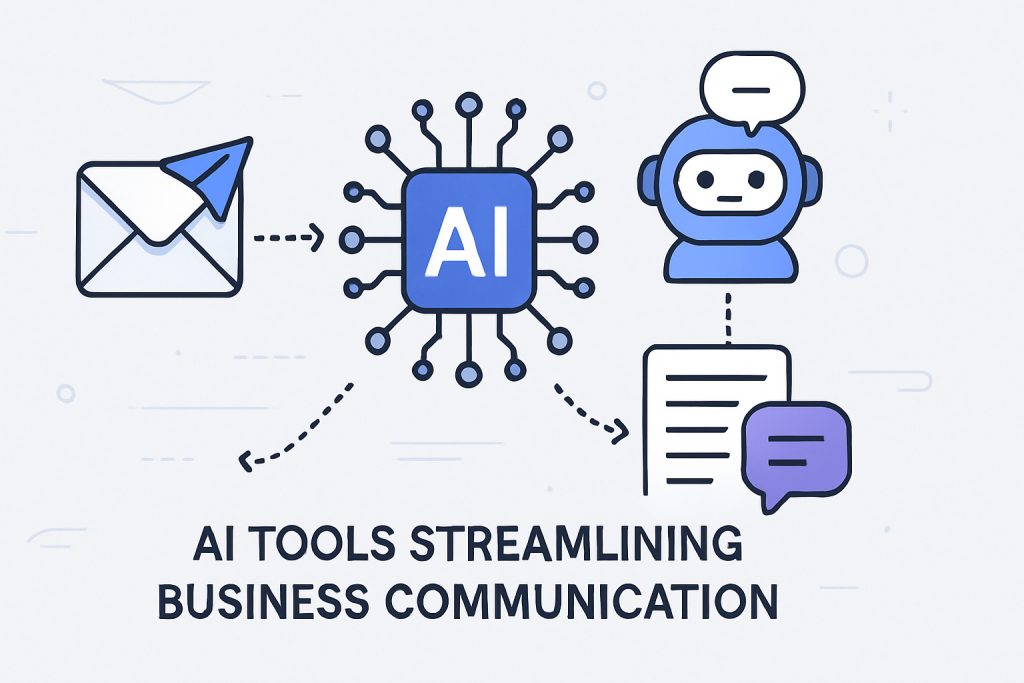Search engine advertising remains one of the most reliable ways to capture high-intent traffic and drive measurable results. When a prospect types a query into a search engine, they’re signaling clear interest in a product or service. Properly structured campaigns allow you to meet these users at the precise moment they’re ready to act. This article covers advanced tactics for crafting, optimizing, and scaling search ads that convert.
Understanding the role of search ads in your marketing mix
Search engine advertising is the backbone of many digital marketing efforts. In contrast to display or social placements, search ads target users based on the keywords they enter, making it possible to prioritize messages by intent. According to industry benchmarks, search ads account for nearly 39 percent of all digital ad budgets and often deliver the highest return on ad spend when managed correctly.
As you refine your paid search strategy, consider how search ads integrate with broader initiatives. A comprehensive approach weaves search campaigns into your overall media mix alongside social, display, and programmatic advertising. By maintaining consistent messaging and shared audience data across channels, you maximize reach and reinforce your brand narrative at every stage of the customer journey. To see how search fits into a unified digital advertising approach, explore The complete guide to digital advertising strategies that drive results.
Conducting high-impact keyword research
The foundation of any successful search campaign is thorough keyword research. Aim for keywords that balance robust search volume with manageable competition. Ideal targets have at least 1 000 monthly searches and a keyword difficulty score below 45. To identify these terms, use tools such as Google Keyword Planner, Ahrefs, or Semrush.
1. Start with seed keywords that reflect your core products or services.
2. Expand to long-tail variations that capture more specific user intents.
3. Analyze competitor campaigns to uncover valuable gaps.
4. Group keywords by theme to streamline ad groups.
For example, an e-learning company might group “online marketing course” and “digital marketing certification” together, while separating “social media marketing course” into its own ad group. Thematic organization ensures that ads and landing pages remain tightly aligned with user queries, boosting relevance and Quality Score.
Crafting compelling ad copy
In a competitive auction, your ad copy can make all the difference. Every element should work together to persuade the searcher to click:
– Headlines must include the target keyword and highlight a unique selling point.
– Descriptions should expand on benefits, include social proof when available, and end with a clear call to action (for example, “Enroll today” or “Get your free demo”).
– Display URLs can feature keyword-rich paths to reinforce relevance.
A/B testing different headlines and description combinations remains critical. Even small improvements in click-through rate can translate into significant cost savings and incremental conversions over time.
Optimizing Quality Score and bidding strategies
Quality Score is Google’s measure of how relevant your keywords, ads, and landing pages are to each other. Higher scores lead to lower cost-per-click and better ad placements. To improve Quality Score:
– Ensure strong keyword-to-ad relevance.
– Create dedicated landing pages for each ad group with matching headlines and content.
– Minimize page load times to enhance user experience.
– Monitor expected click-through rate and make adjustments based on performance data.
When it comes to bidding, both manual and automated strategies have merit. Manual CPC gives full control, but rules-based automated bidding such as Target CPA or Target ROAS can deliver consistency at scale. Test both approaches and measure which aligns best with your goals and budget.
Leveraging ad extensions for maximum impact
Ad extensions provide opportunities to expand your message and improve ad prominence. Key extensions include:
– Sitelinks: Direct users to specific pages such as pricing or case studies.
– Callouts: Highlight features like “Free trial” or “24/7 support.”
– Structured snippets: Showcase product categories or service offerings.
– Location extensions: Display addresses for brick-and-mortar businesses.
– Call extensions: Add a click-to-call button for mobile users.
Implement as many relevant extensions as possible. Studies show that ads with multiple extensions can achieve up to 15 percent higher click-through rates.
Monitoring performance and scaling campaigns
Ongoing optimization is essential. Set up conversion tracking for key actions—form submissions, purchases, or phone calls—and review metrics such as cost per acquisition, click-through rate, and conversion rate regularly. Use these insights to:
– Pause underperforming keywords and reallocate budget to top performers.
– Expand successful ad groups with new keyword variations.
– Test new ad copy or landing page designs.
– Increase budgets on high-return campaigns to capture additional volume.
When campaigns consistently meet your goals, consider geographic or demographic expansion to scale. Also, explore budget diversification by allocating a portion to remarketing campaigns that re-engage past site visitors.
Preparing for advanced search tactics
Once core campaigns are driving strong results, dive into more sophisticated tactics:
– Dynamic search ads: Automatically generate ads based on landing page content.
– Audience targeting: Layer in remarketing lists or in-market audiences to refine targeting.
– Seasonal adjustments: Implement bid modifiers around peak demand periods.
– Scripts and automation: Use Google Ads scripts to automate routine tasks like bid adjustments or pausing low-volume keywords.
These methods require stronger data infrastructure and performance thresholds but can unlock incremental gains when applied judiciously.
By following these guidelines, you can build search engine advertising campaigns that consistently deliver high-intent traffic and measurable ROI. For a hands-on review of one of the top tools to streamline both SEO and paid search efforts, check out Semrush review: complete SEO and advertising tool analysis.



